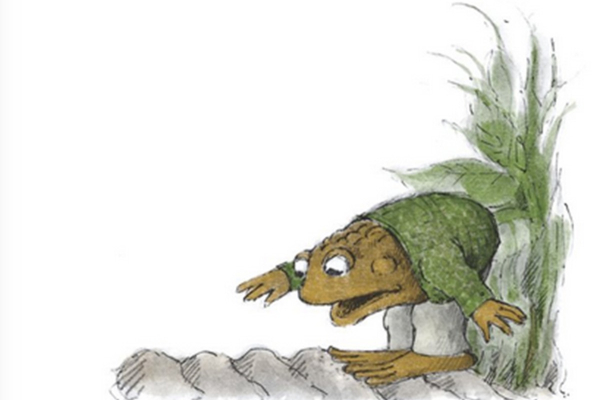Let me just say at the outset that whoever started the rumor that I am some incredible super-genius who can work feats of magic never before seen in a garden is obviously mistaking me for someone else. Allow me to illustrate this, with a few pathetic examples.
There was a time when I thought I wanted what they call a “wild garden,” which I understood to be, oh, you know, wildflowers, grasses, with bees and stuff. My version would be sort of like that, but a total mess, with grasshoppers clinging to my shirt and spitting tobacco juice everywhere, but it sounded pretty good, nonetheless.
I started with grasses. Native ones, of course. I figured that since the grasses were native, and they increased by seeds, all I had to do was sprinkle seeds on the ground, and eventually, there would be grasses.
It didn’t exactly happen like that. One of the grasses I tried was the very beautiful ricegrass, Achnatherum hymenoides (which used to be Oryzopsis, rice-y). This is one of the few grasses that is said to require winter chilling, and, since winters here are definitely chilly, I sowed the seed in about November, and waited.
Nothing happened. I normally like that phrase, nothing happened, but not where gardening is concerned. So, a couple of years later, I sowed the seeds in pots and left them outdoors. By January the pots were empty. I mean empty of soil. I wondered about that a little, but just figured it was some climate thing. It usually is.
Well, eventually, wondering how it could be that there was such a plant as ricegrass out in the real world, but none in my garden, I looked at the Forest Service website, where it was suggested that the highly nutritious seeds should be planted about a quarter-inch deep. Highly nutritious seeds. Oh.
Maybe if I had glanced at the bird feeders all around the garden I could have figured this out earlier.
I was going to leave this little article at that, but I might as well talk about bulbs, too. I’m supposed to know something about bulbs, but again, that’s just a rumor.
Maybe you haven’t tried bulbs like what are known as the “steppe corydalis.” They’re often expensive. When they arrive in the mail, you get this round, or maybe slightly flattened, object. Absolutely no sign which direction is up. Or down; either one would do. Sometimes if you look at the bulbs, or, okay, tubers, with a 30x lens you can see vestiges of roots. Or maybe those aren’t the roots.
If you ask someone with some corydalis experience, you might get great advice like “Plant them sideways”. If the tubers are round, which way is sideways?
It might be important to note that if the expensive tubers are planted facing the wrong way, nothing will happen. Ask me how I know.
There are bulbs—corms, this time—which they tell you to plant sideways because they grow like that in real life. No, really. Crocus cappadocicus and C. suworowianus, for instance. They grow sideways. The flowering stem emerges—sideways—and then by a miracle, it turns, and grows upward into the sun. So go ahead and plant them sideways and see what happens.
“You planted them on the wrong side.” Thanks a lot.
One last example. This one is really embarrassing so, of course, I have to share it. There was this very nice nursery, which sold, among other things, erythroniums. When you got the erythronium bulbs in the mail, you also got a sheet with pictures of the bulbs indicating which direction was up. Or, again, down. It may come as a surprise that knowing only one direction would be sufficient.
So I got a bunch of these erythroniums and planted them, in my usual feverish orgy of planting.
Some time passed, and I began to wonder, “Why aren’t they up yet?” Then I remembered the sheet with the pictures. I had tacked it to a wall in the garage. A few heavy sighs later, I went out with the trowel. You know, just to slice through four or five of the bulbs, as penance for not paying any attention to the directions.
And now you know what really goes on here. Some genius.

